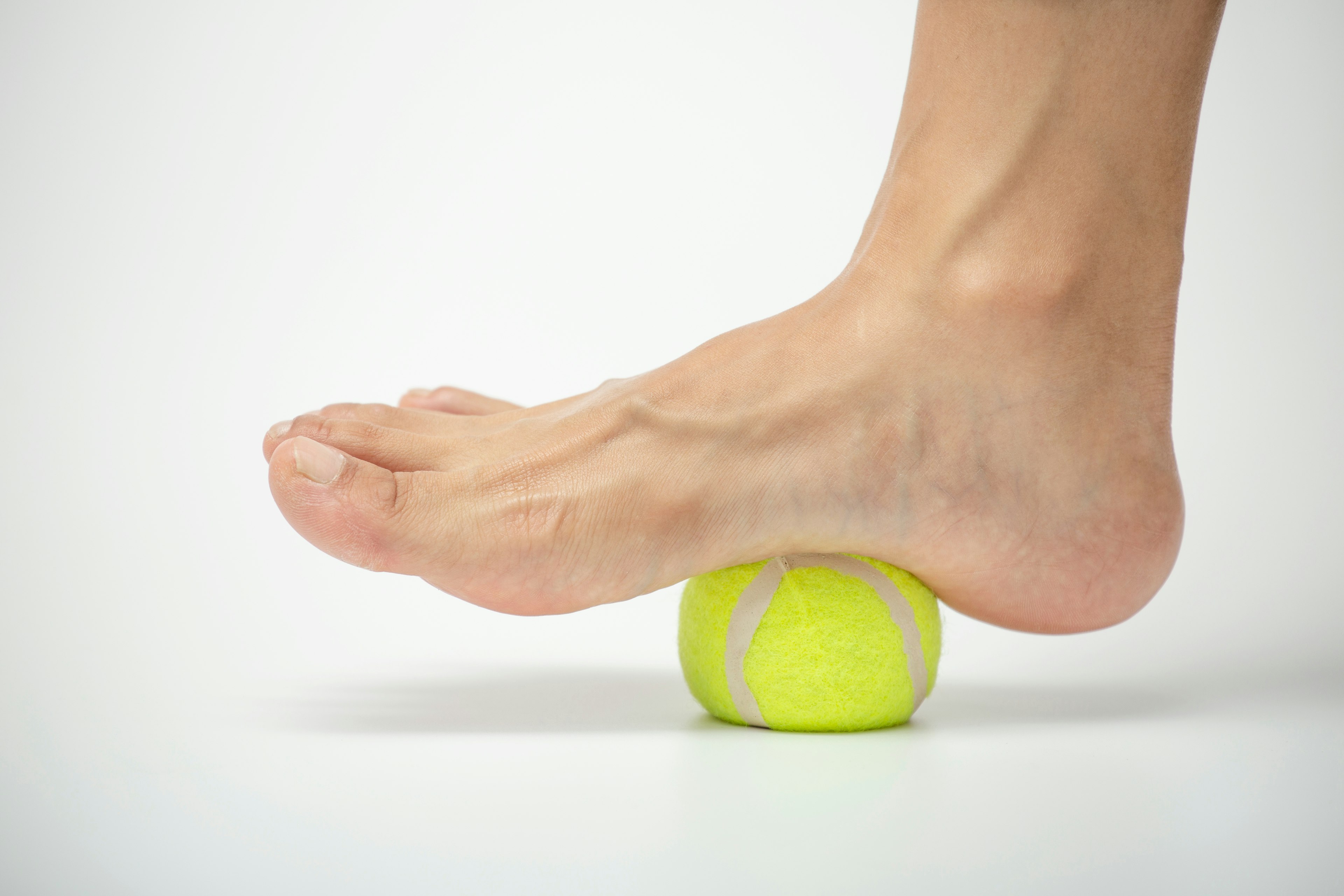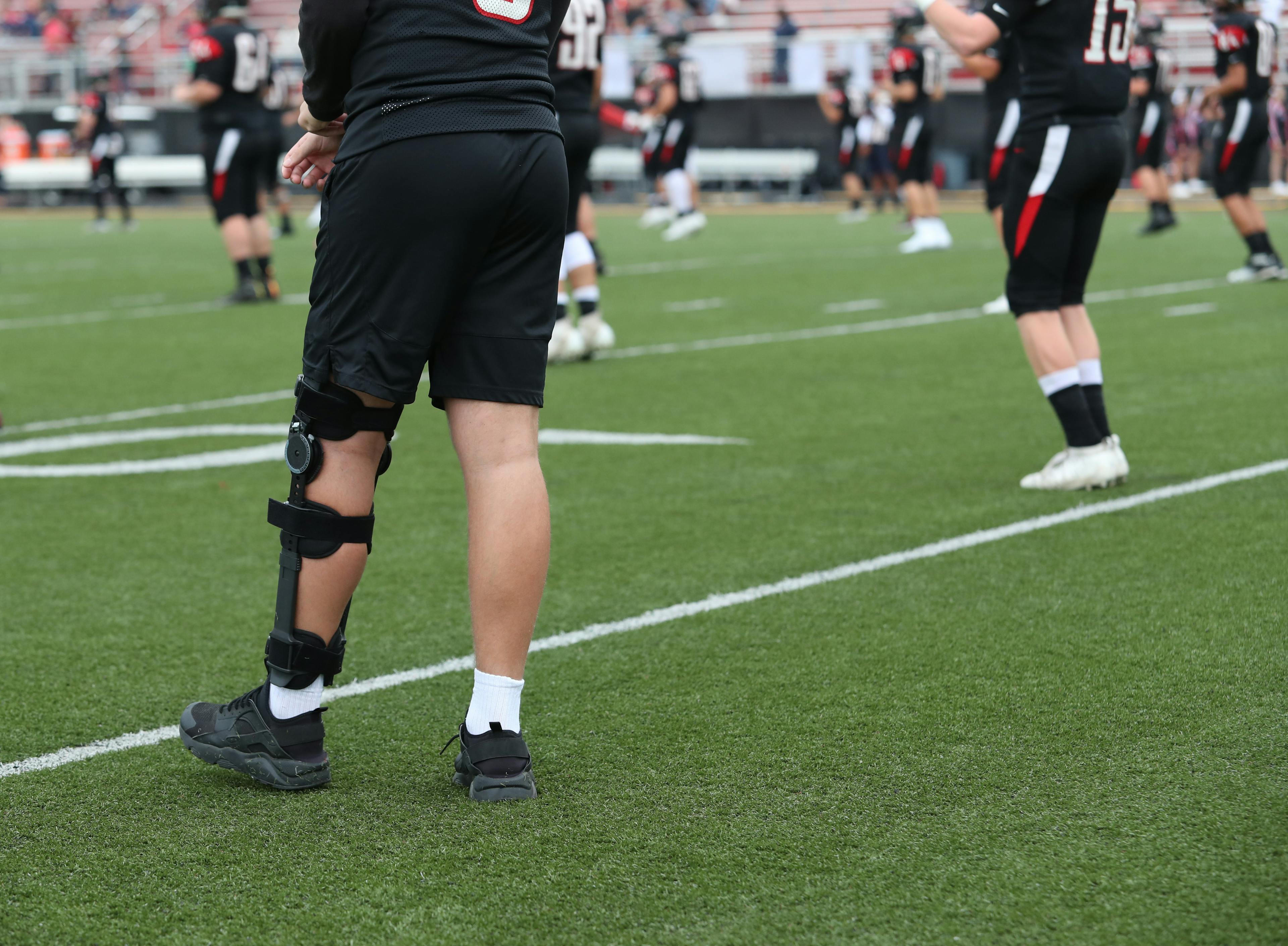Plantar fasciitis is one of the most common causes of heel pain, affecting around 2 million people in the United States each year. The condition occurs when the plantar fascia, a thick band of tissue that connects your heel to your toes, becomes inflamed or irritated. This often happens as a result of overuse, poor foot support, or repetitive stress.
While rest and supportive shoes for plantar fasciitis are important for recovery, incorporating targeted stretching and strengthening exercises can be one of the most beneficial ways to relieve pain and support a fast recovery.
Understanding Plantar Fasciitis
The hallmark symptom of plantar fasciitis is a sharp, stabbing pain near the heel, especially with the first few steps in the morning or after long periods of rest.
This discomfort is typically caused by microtears or tension in the plantar fascia, which supports your foot arch.
If left untreated, plantar fasciitis can become chronic, limiting mobility and lowering your quality of life. Fortunately, simple at-home exercises can make a significant difference in relieving uncomfortable symptoms.
Why Exercise Matters for Plantar Fasciitis Relief
- Targeted stretches help release tightness in the muscles and tissues of the feet and lower legs, easing strain on the plantar fascia.
- Strength-focused movements help build support around the foot arch and promote better mechanics with each step.
When done consistently, the right combination of exercises may aid in recovery and pain management.
Best Exercises for Plantar Fasciitis
Stretches and strengthening exercises can make all the difference when managing plantar fasciitis symptoms. Below are a few at-home movements you can incorporate to help relieve pain and support recovery.
Calf Stretch
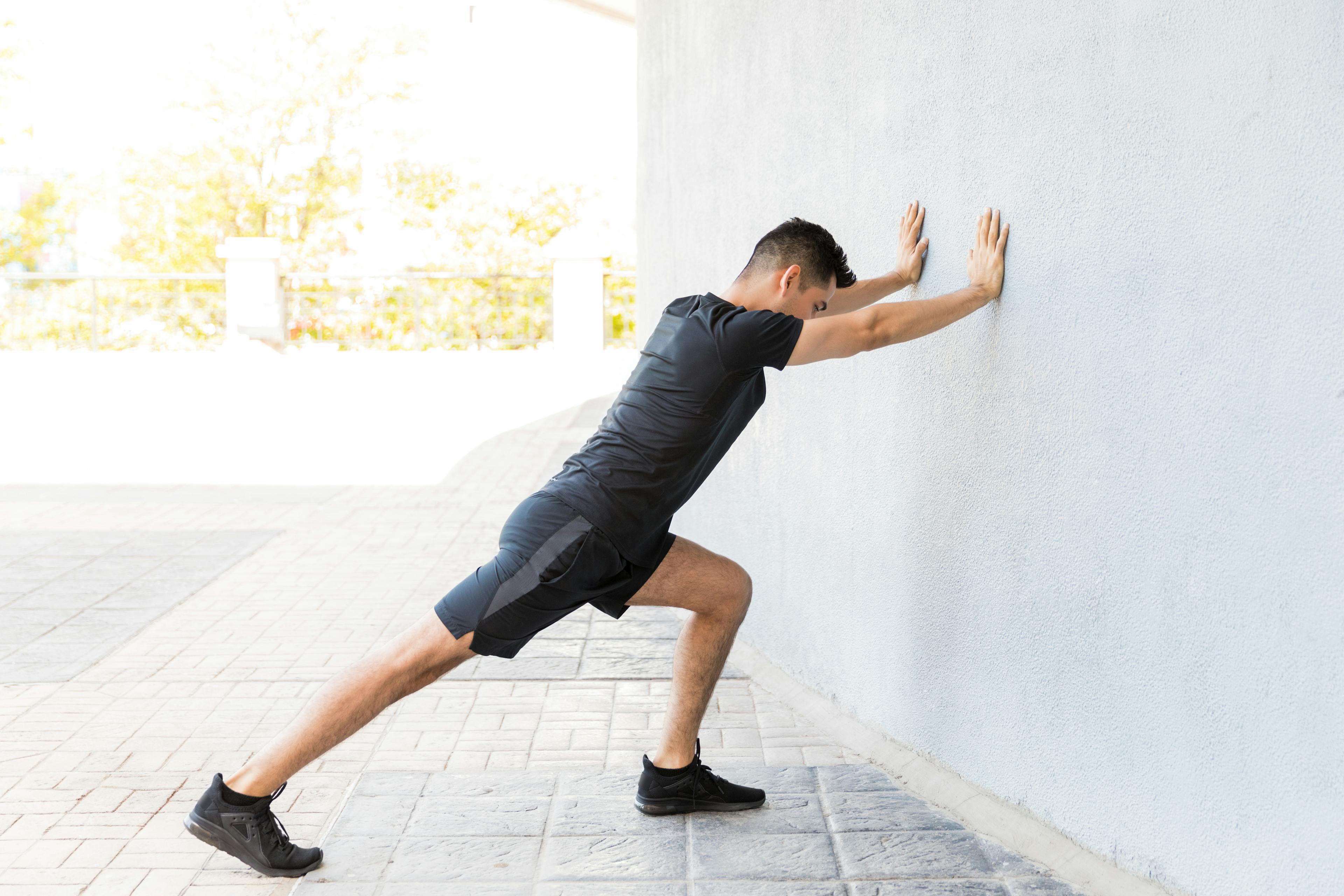
Tight calves often pull on the plantar fascia and worsen heel pain. This stretch helps release tension in the lower leg.
- Stand facing a wall and place both hands on it
- Step one foot back while keeping it straight
- Keep both heels on the ground and lean into the stretch
- Hold for 30 seconds, then switch legs
This targets the gastrocnemius muscle, which is often tight in those with plantar fasciitis.
Plantar Fascia Stretch
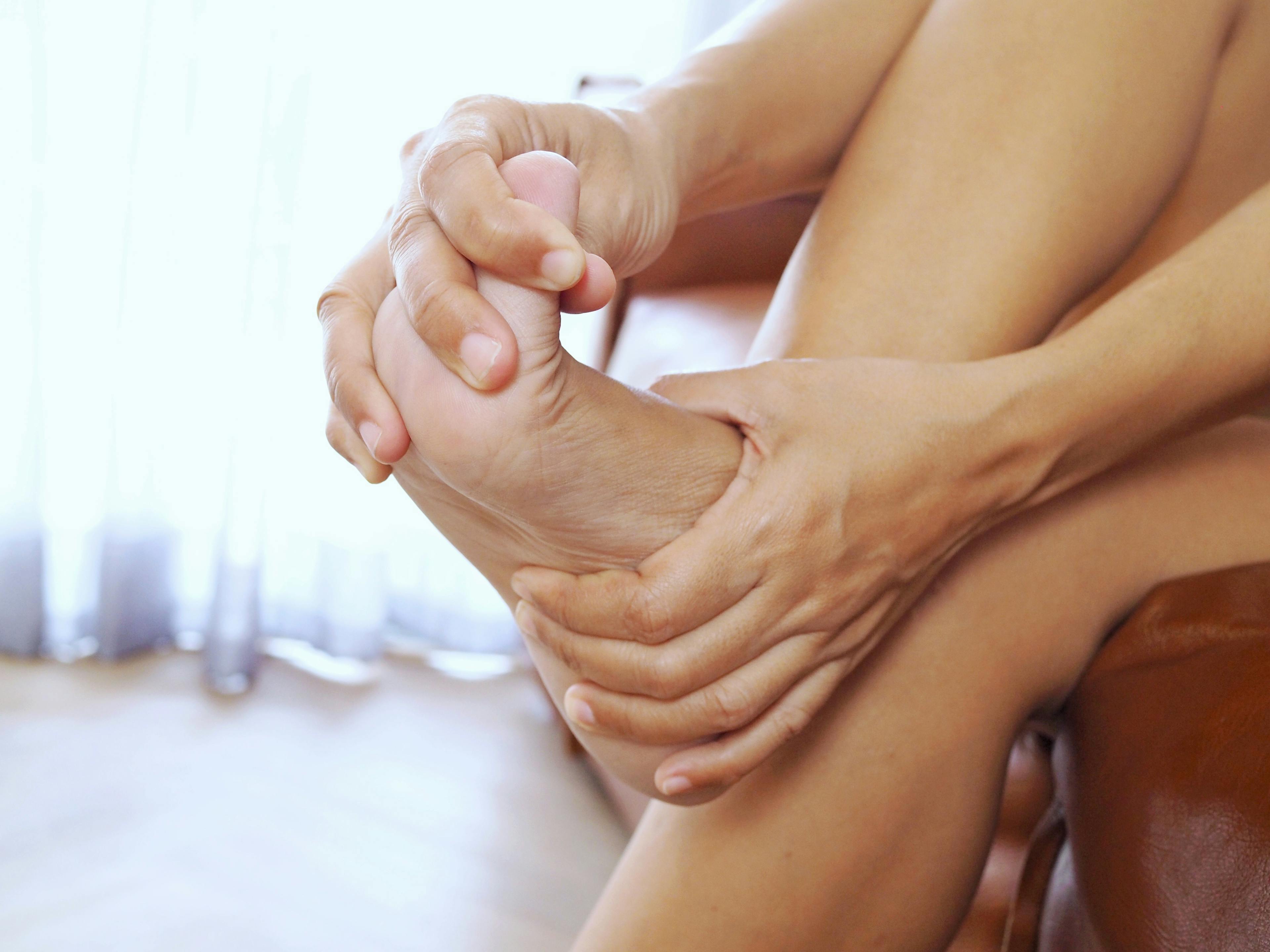
This is a simple stretch that directly targets the inflamed tissue in your foot. This stretch helps release tightness in the fascia and reduces pain with your first steps. It’s most effective first thing in the morning or after long periods of leisure.
- Sit down and cross one foot over the opposite knee
- Gently pull your toes back toward your shin until you feel a stretch in the arch
- Hold for 15–30 seconds and repeat 2–3 times per foot
Towel Stretch
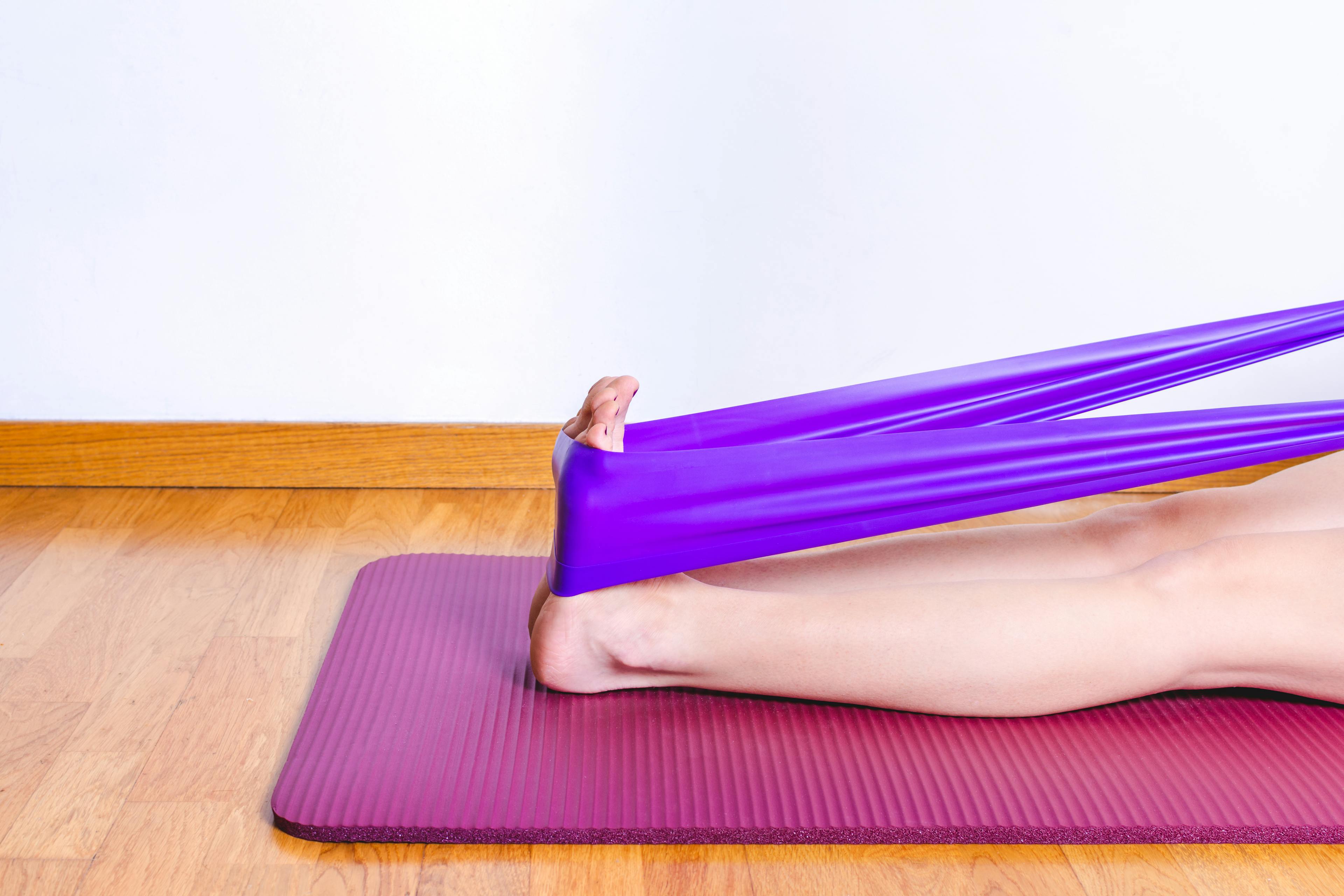
The towel stretch focuses on the calf and foot arch and improves overall flexibility. It’s an easy option that requires only a towel or resistance band.
- Sit on the floor with your legs extended
- Loop a towel or resistance band around the ball of one foot
- Keeping your knee straight, gently pull the towel toward you
- Hold for 30 seconds and switch feet
This is especially useful for stretching the entire back of the leg and arch.
Toe Curls and Marble Pickups
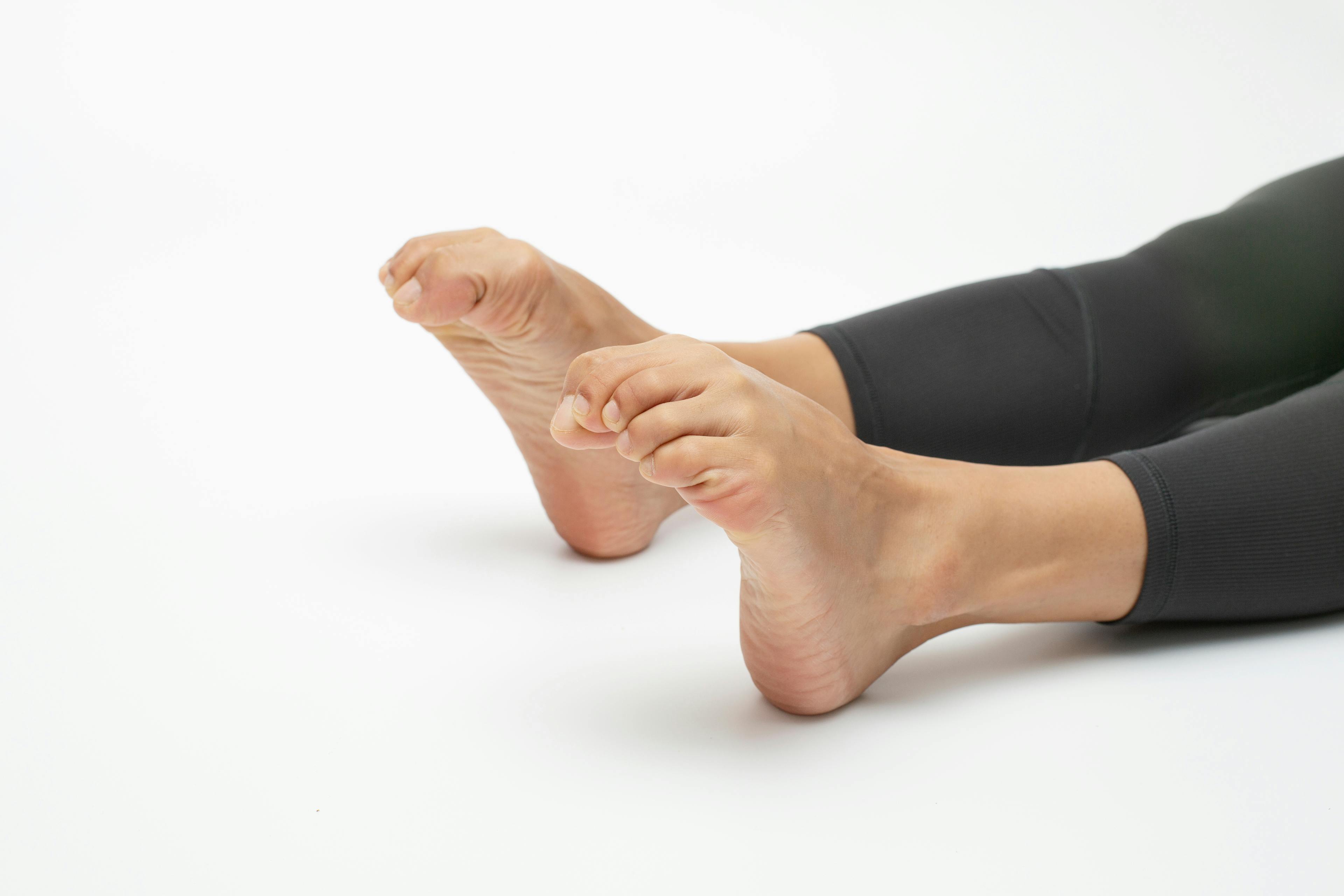
These exercises help activate and strengthen the small muscles in your feet. Over time, this strengthens the small muscles in your feet that support your arch.
- Place a towel or a few marbles on the floor
- Using only your toes, scrunch the towel or pick up the marbles and place them in a cup
Rolling Stretch
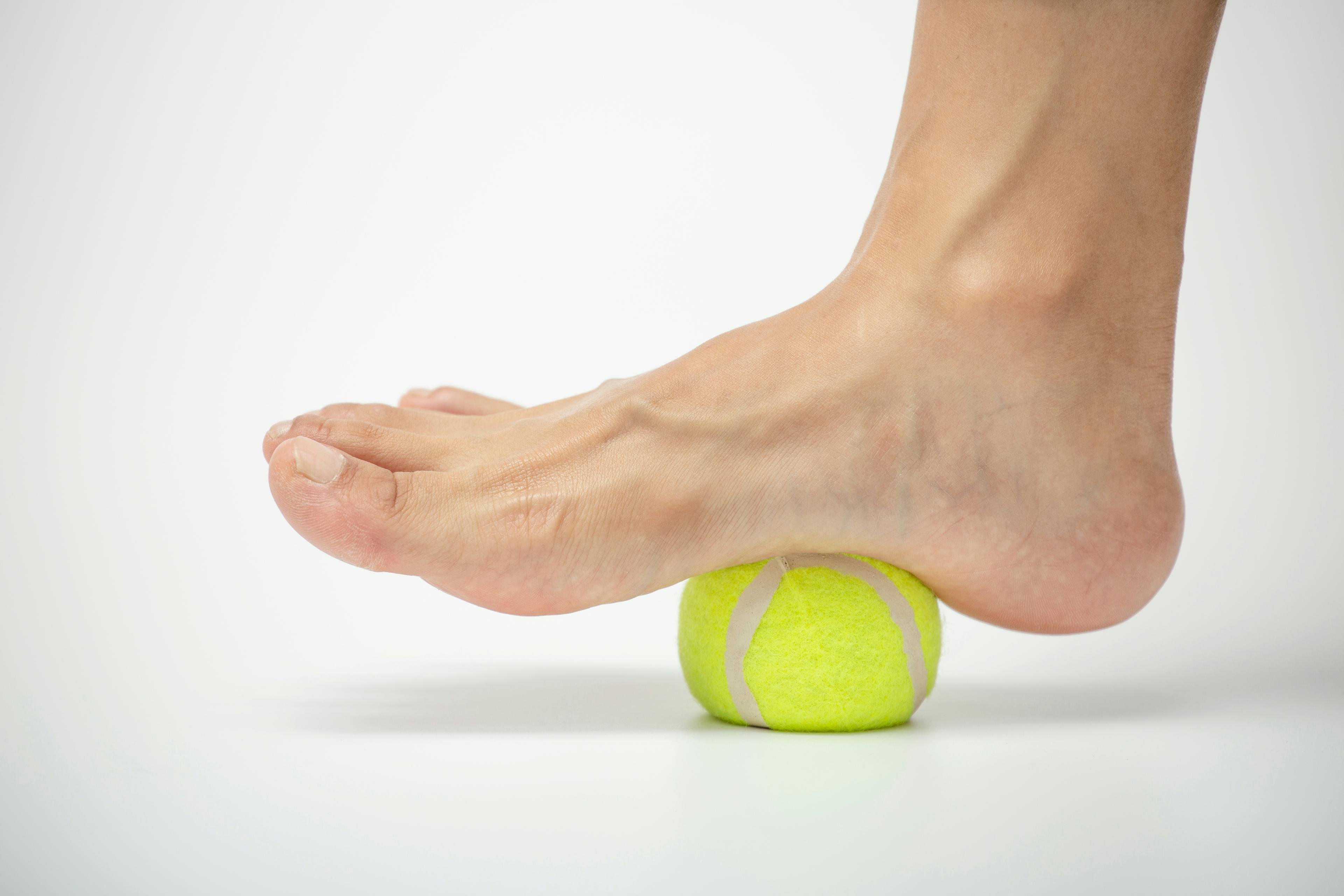
Massage techniques may reduce inflammation and soothe foot discomfort. This rolling stretch provides a deep tissue massage effect, which helps loosen the fascia and calm inflammation.
- Use a frozen water bottle, foam roller, or tennis ball
- While seated, roll it under your foot for 1–2 minutes
Ankle Circles and Flexes
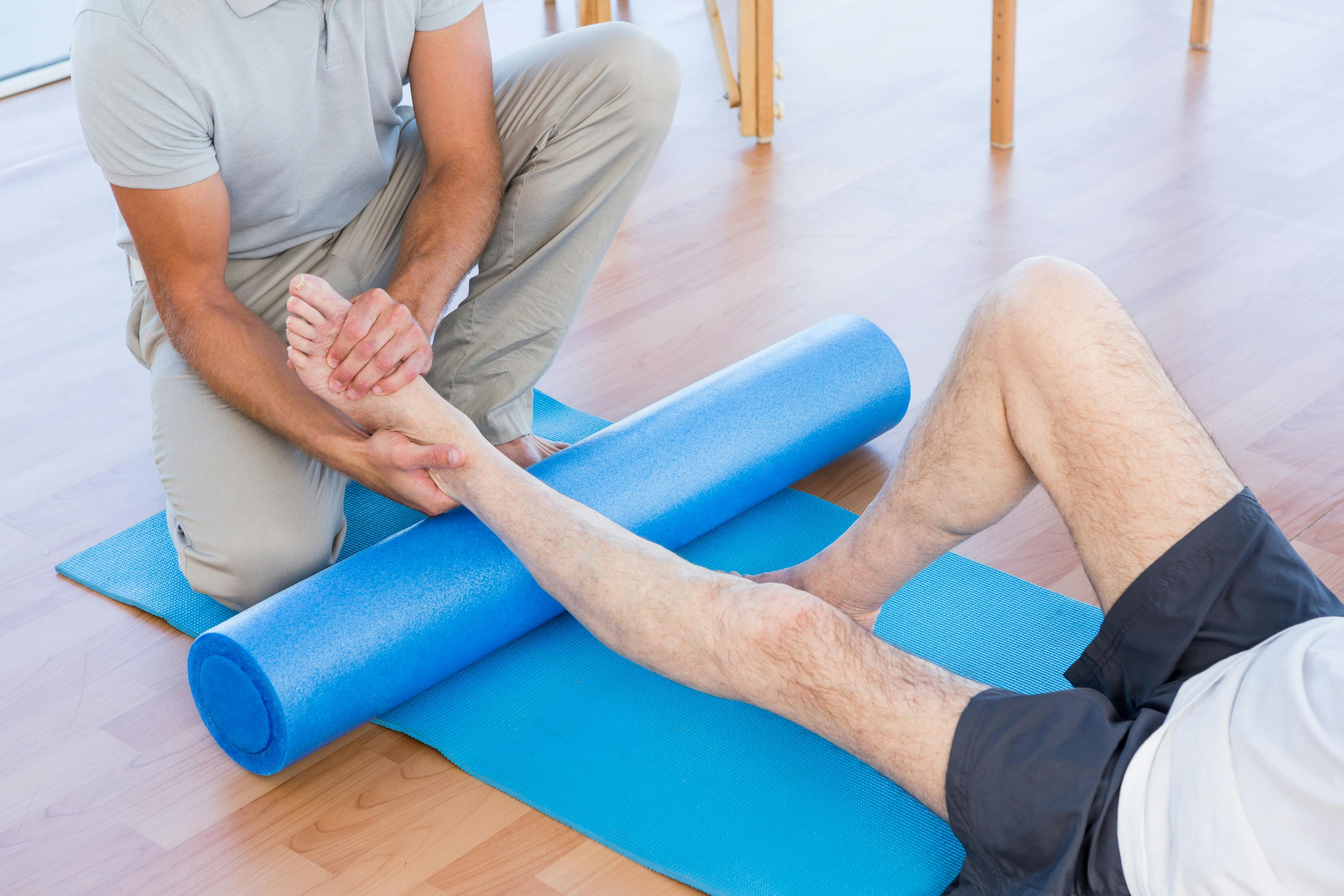
Increased ankle mobility supports better movement patterns and foot alignment. These movements help encourage healthy blood flow to the feet and ankles.
- While seated, lift one leg and rotate your ankle in circles
- Alternate by flexing and pointing your toes
How Often Should You Do These Exercises?
For best results, try performing these stretches and exercises two to three times per day. Start slowly and gradually increase intensity as your symptoms improve. Consistency is important, as most people notice relief within a few weeks.
When to See a Podiatrist for Heel Pain
While exercises can provide relief from uncomfortable symptoms, some cases require professional treatment beyond at-home care or the expertise of a primary care provider. If you experience the following, it may be time to consult a podiatrist:
- Persistent or worsening heel pain
- Trouble walking or standing for long periods
- Pain that hasn’t subsided after several weeks of stretching
Visit CLS Health for Heel Pain Treatment in Houston
Our foot and ankle specialists offer comprehensive assessments and individualized care options to address both acute and chronic heel pain.
Whether you’re navigating your first flare-up or dealing with persistent discomfort, we’re here to help you feel better.
